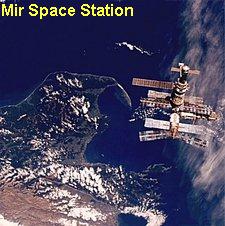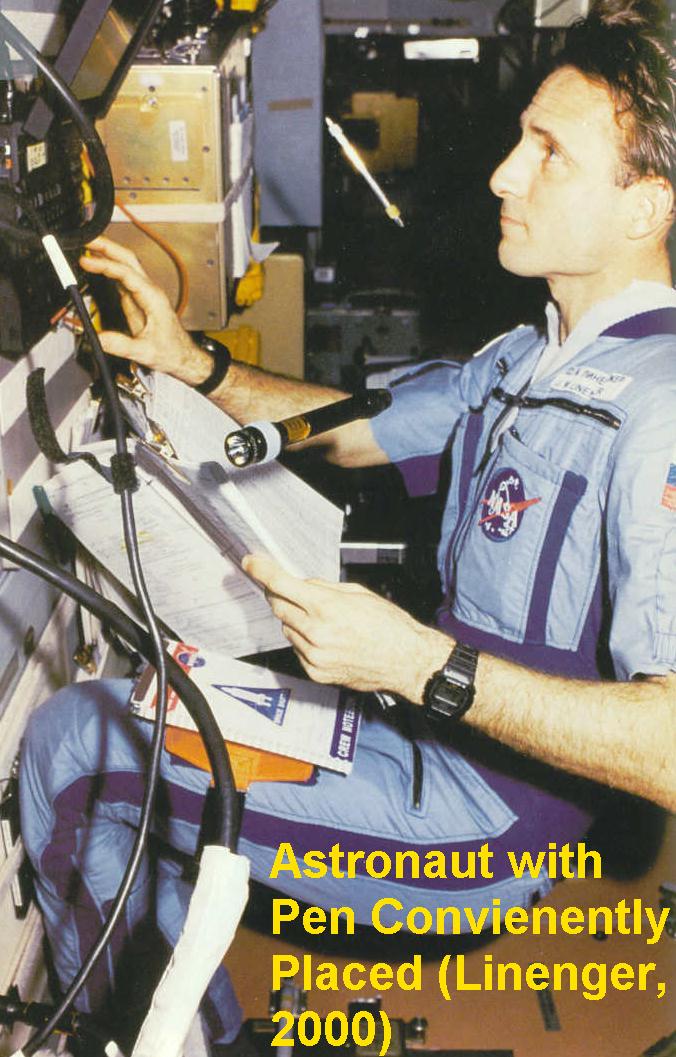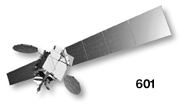Satellite Applications
and Technology
 From the end of the Cold War to present day, both Russia and the United States
have made numerous triumphs, discoveries and innovations which have
revolutionized present day technology and our understanding of our
extraterrestrial surroundings. Shortly after the cold war, rockets were scrapped
for reusable space shuttles. Russia and the United States also built space
stations [e.g. Mir Space Station and currently in development,
From the end of the Cold War to present day, both Russia and the United States
have made numerous triumphs, discoveries and innovations which have
revolutionized present day technology and our understanding of our
extraterrestrial surroundings. Shortly after the cold war, rockets were scrapped
for reusable space shuttles. Russia and the United States also built space
stations [e.g. Mir Space Station and currently in development,
 the International
Space Station (ISS)] to provide cosmonauts with a destination to perform experiments,
do research and perform routine maintenance. They also serve as important check
points for other missions. (Wikipedia, 2004)
the International
Space Station (ISS)] to provide cosmonauts with a destination to perform experiments,
do research and perform routine maintenance. They also serve as important check
points for other missions. (Wikipedia, 2004)
 Advancements in computer circuitry and medical advances in technology such as
CAT scans and MRIs are direct results of research from these space programs. We
now have numerous long-ranged space probes reaching out to distant planets,
moons, the Sun, and beyond. These probes collect various types of data which
provide clues to the formation of our universe and properties which characterize
our galaxy and its subunits.
Advancements in computer circuitry and medical advances in technology such as
CAT scans and MRIs are direct results of research from these space programs. We
now have numerous long-ranged space probes reaching out to distant planets,
moons, the Sun, and beyond. These probes collect various types of data which
provide clues to the formation of our universe and properties which characterize
our galaxy and its subunits.

In addition to long range probes, satellite telescopes and powerful land-based
observatories provide us with distant pictures of spatial bodies.
We now have many satellites orbiting the Earth at various distances in various
orbits, with several functions such as: telecommunications (e.g. phone, fax,
ratio, TV broadcasts, DirecTV, internet, etc.), global positioning systems,
government reconnaissance,
 surveillance and defense,
weather forecasting, mapping, mineral surveying, and extraterrestrial
observations (including background radiation, telescope imagery, etc.).
surveillance and defense,
weather forecasting, mapping, mineral surveying, and extraterrestrial
observations (including background radiation, telescope imagery, etc.).



 From the end of the Cold War to present day, both Russia and the United States
have made numerous triumphs, discoveries and innovations which have
revolutionized present day technology and our understanding of our
extraterrestrial surroundings. Shortly after the cold war, rockets were scrapped
for reusable space shuttles. Russia and the United States also built space
stations [e.g. Mir Space Station and currently in development,
From the end of the Cold War to present day, both Russia and the United States
have made numerous triumphs, discoveries and innovations which have
revolutionized present day technology and our understanding of our
extraterrestrial surroundings. Shortly after the cold war, rockets were scrapped
for reusable space shuttles. Russia and the United States also built space
stations [e.g. Mir Space Station and currently in development, 

